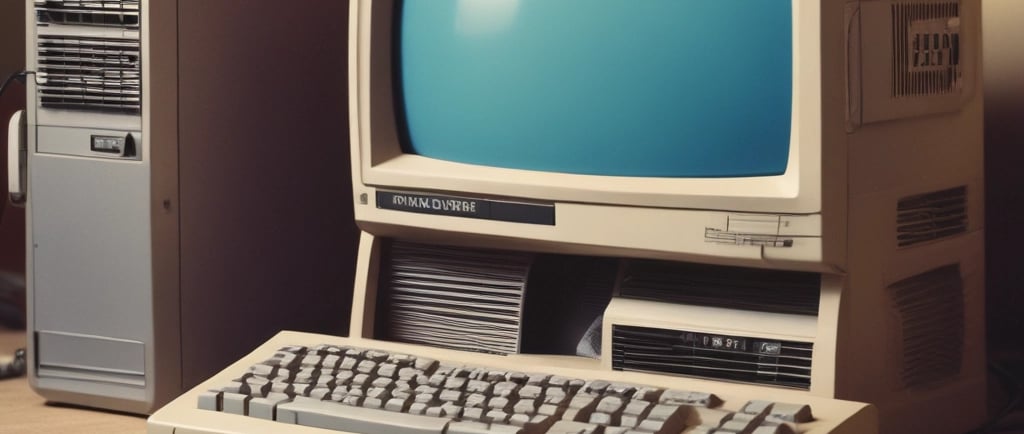Generations of Computers
Manoj Agarwal
12/25/20242 min read


Computers have undergone several distinct generations of development, each marked by the use of new technologies and the introduction of new capabilities. Understanding the different generations of computers can provide insight into the evolution of the technology and the impact it has had on society.
The first generation of computers, from 1945 to 1955, was characterized by the use of vacuum tubes as the primary electronic component. The first computers of this generation were large, expensive, and required specialized equipment and personnel to operate. The first general-purpose computer, the Electronic Numerical Integrator And Computer (ENIAC), was developed during this time and was used primarily for scientific and military applications.
The second generation of computers, from 1955 to 1965, was characterized by the use of transistors as the primary electronic component. Transistors replaced vacuum tubes and significantly reduced the size, cost, and power consumption of computers. This allowed for the development of smaller and more affordable computers, which led to the widespread use of computers in business and industry.
The third generation of computers, from 1965 to 1975, was characterized by the use of integrated circuits as the primary electronic component. Integrated circuits, or ICs, were small chips that could contain hundreds or thousands of transistors. This allowed for the development of even smaller and more powerful computers, which led to the widespread use of computers in education, research, and government.
The fourth generation of computers, from 1975 to 1985, was characterized by the use of microprocessors as the primary electronic component. Microprocessors are small chips that contain all the components of a computer's central processing unit (CPU). The invention of the microprocessor made it possible to create smaller and more affordable computers, which led to the development of the personal computer (PC).
The fifth generation of computers, from 1985 to present, is characterized by the use of advanced technologies such as artificial intelligence, parallel processing, and supercomputers. The fifth generation of computers is marked by the development of computers that can mimic human thought processes, are faster and more powerful than ever before, and can process vast amounts of data.
The sixth generation of computers, is expected to be characterized by the use of technologies such as quantum computing, neuromorphic computing, and the Internet of Things. These technologies are expected to push the boundaries of what computers can do and will have a major impact on various industries and aspects of our lives.
